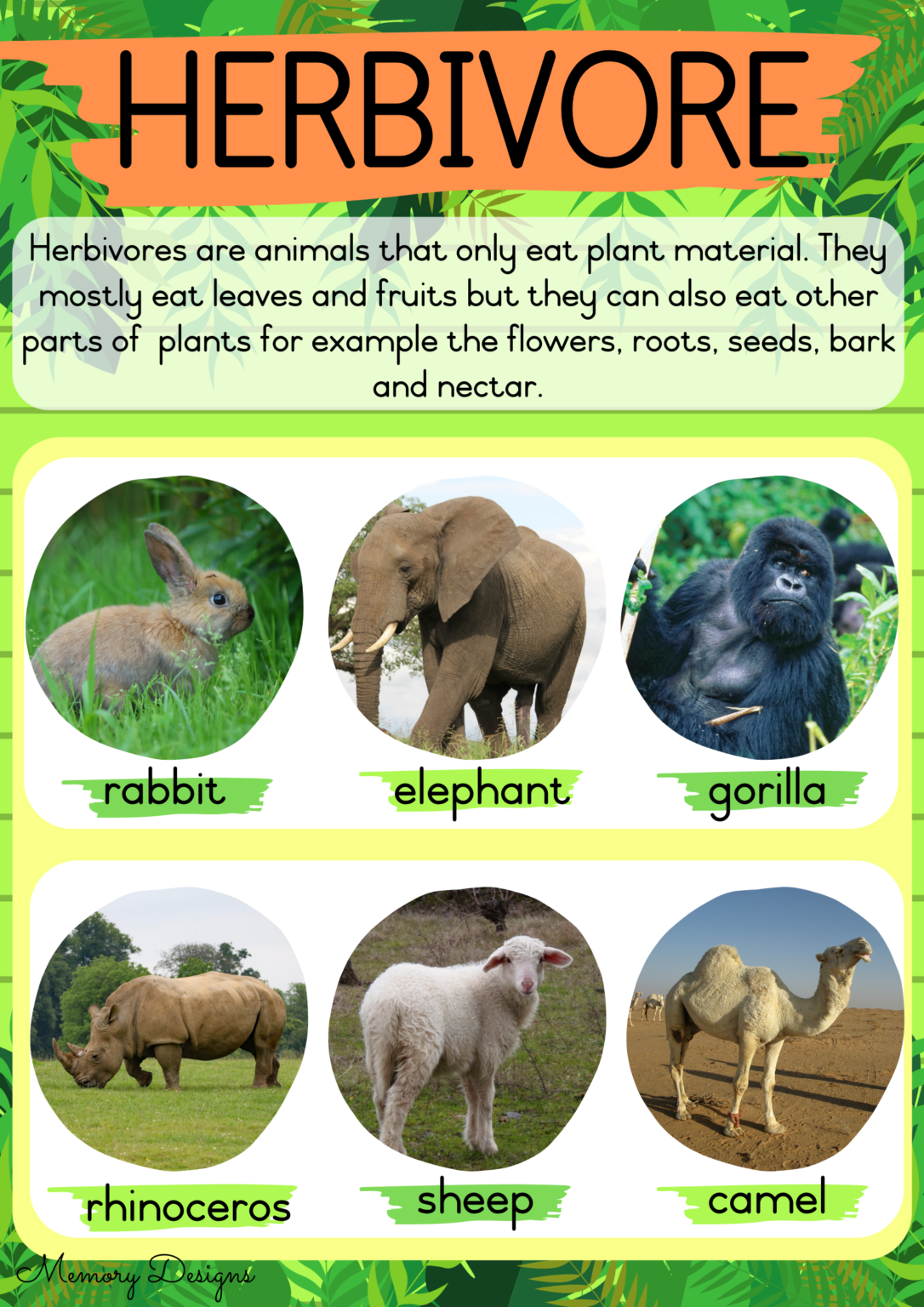
Herbivore, omnivore and carnivore • Teacha!
Introduction to the Diets. The Herbivores, Carnivores, Omnivores lesson plan contains four content pages. The first page explains to students what the suffix -vore means. The suffix means to eat or devour. The actual food something eats or devours depends on the prefix. This lesson describes three different diets.

Carnivore, Herbivore, Omnivore Montessori
The Barn Owl, or lulu, is the only Samoan animal that hunts other birds and mammals, but there are lots of other carnivores, including fish-eating birds and multiple animals that eat insects. Herbivores describe animals that eat only plants. This is a very general term, so it is better to specify what part of a plant is eaten, whether leaves.
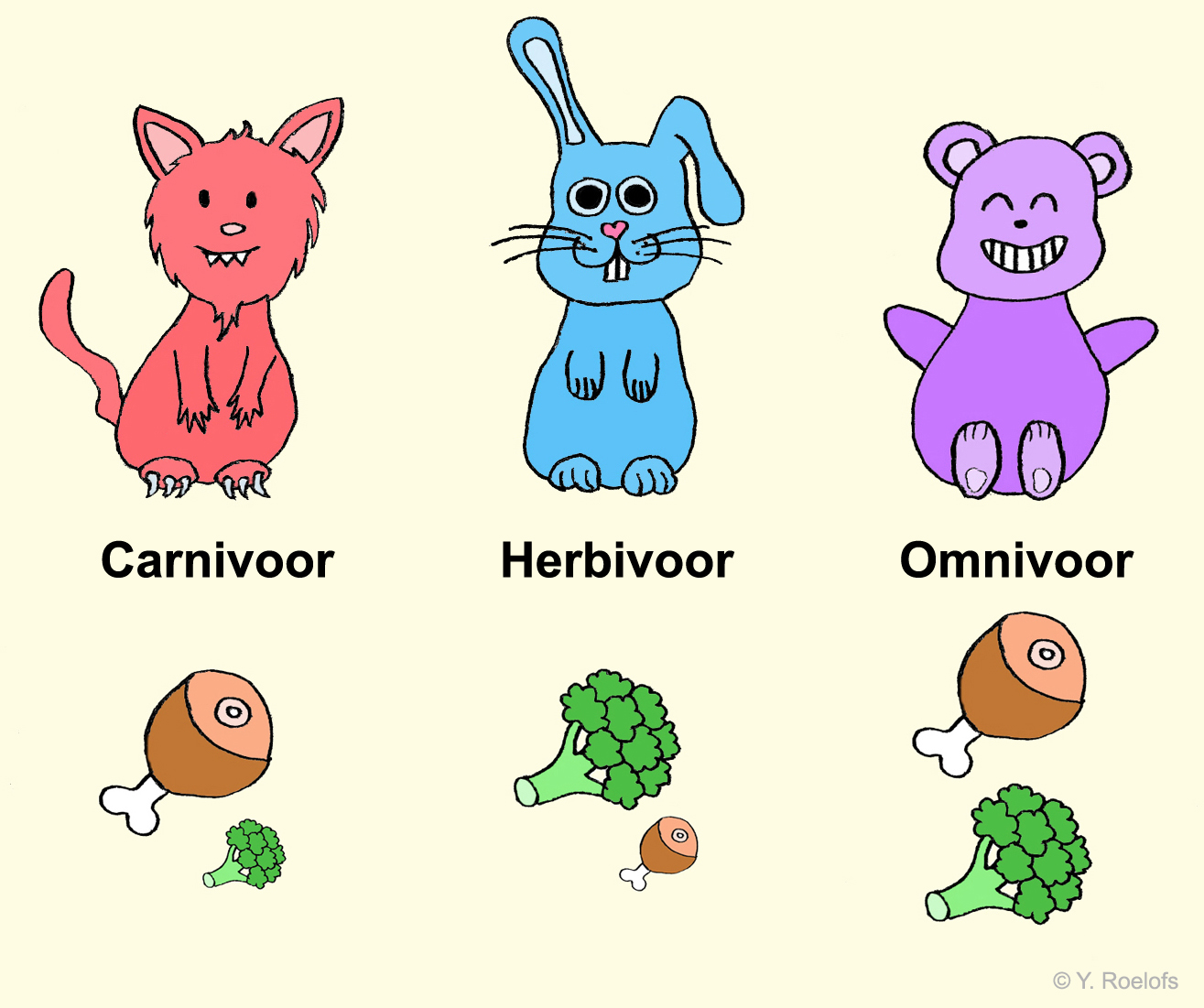
Yvonne's Biologieblog Voedselkeuze
Learn about animal diets! Different animals eat different foods. In this video, we will learn all about the different food certain animals eat! Can you think.
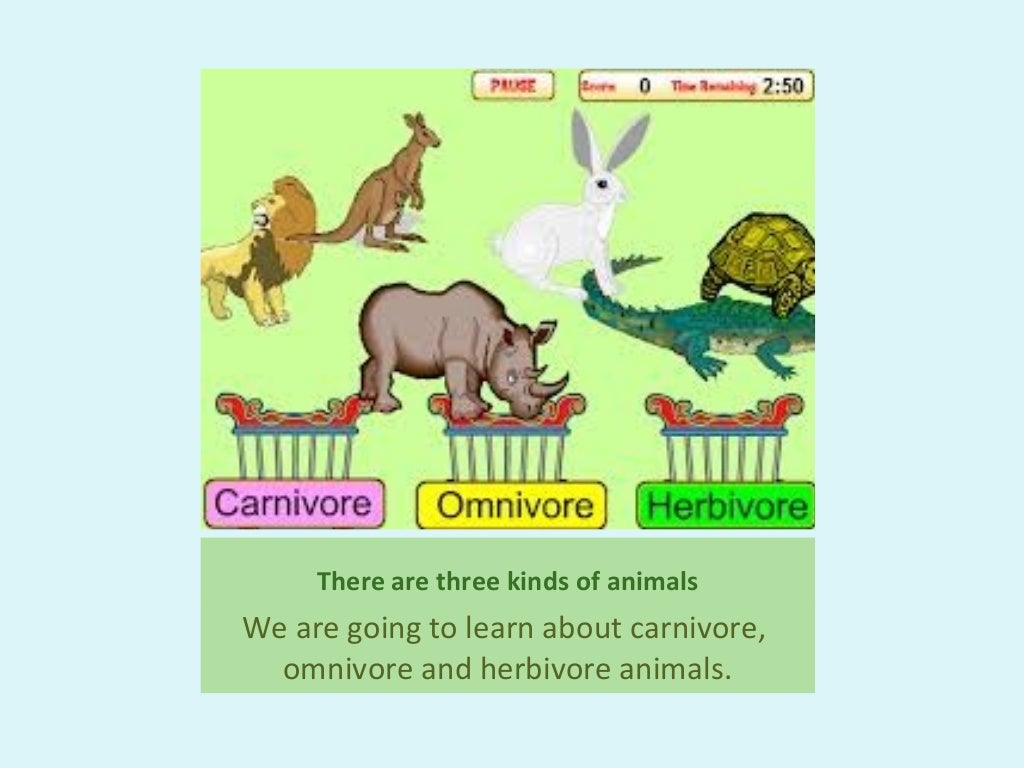
Herbivore, carnivore and omnivore animals
Figure 34.2.1 34.2. 1: Examples of herbivores: Herbivores, such as this (a) mule deer and (b) monarch caterpillar, eat primarily plant material. Some herbivores contain symbiotic bacteria within their intestines to aid with the digestion of the cellulose found in plant cell walls. Omnivores are animals that eat both plant- and animal- derived food.
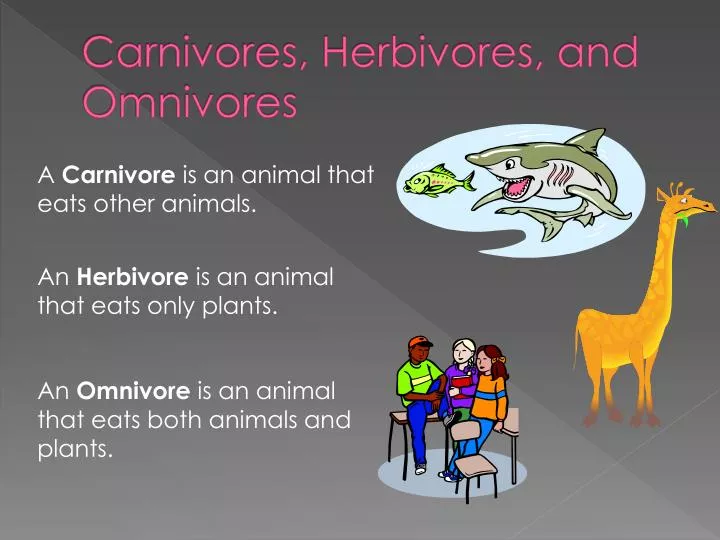
PPT Carnivores, Herbivores, and Omnivores PowerPoint Presentation, free download ID5383483
Animals can be put into groups based on the types of food they eat. Some animals called carnivores only eat meat. Others are called 'herbivores'. They only eat plants. Animals that eat meat.

Herbivores Carnivores And Omnivores Pictures
#herbivoresong #songsforteaching #sciencesongsI wrote this one for my science unit on the food chain. It helps teach about herbivores, carnivores, and omnivo.

Herbivores, carnivores and omnivores
Animals that are plant eaters are called herbivores, meat-eaters are carnivores, and animals who eat both plants and meat are called omnivores. See the fact file below for more information on Herbivores, Carnivores, and Omnivores or alternatively, you can download our 29-page Herbivores, Carnivores, and Omnivores worksheet pack to utilise.

Omnivore, Carnivore, Herbivore YouTube
Examples of carnivorous animals include lions, wolves, and bears. Herbivores are animals that primarily eat plants. They may graze on grass and other vegetation, or they may browse on leaves, fruits, and other plant parts. Examples of herbivorous animals include deer, rabbits, and cows. Omnivores are animals that eat both plants and animals.
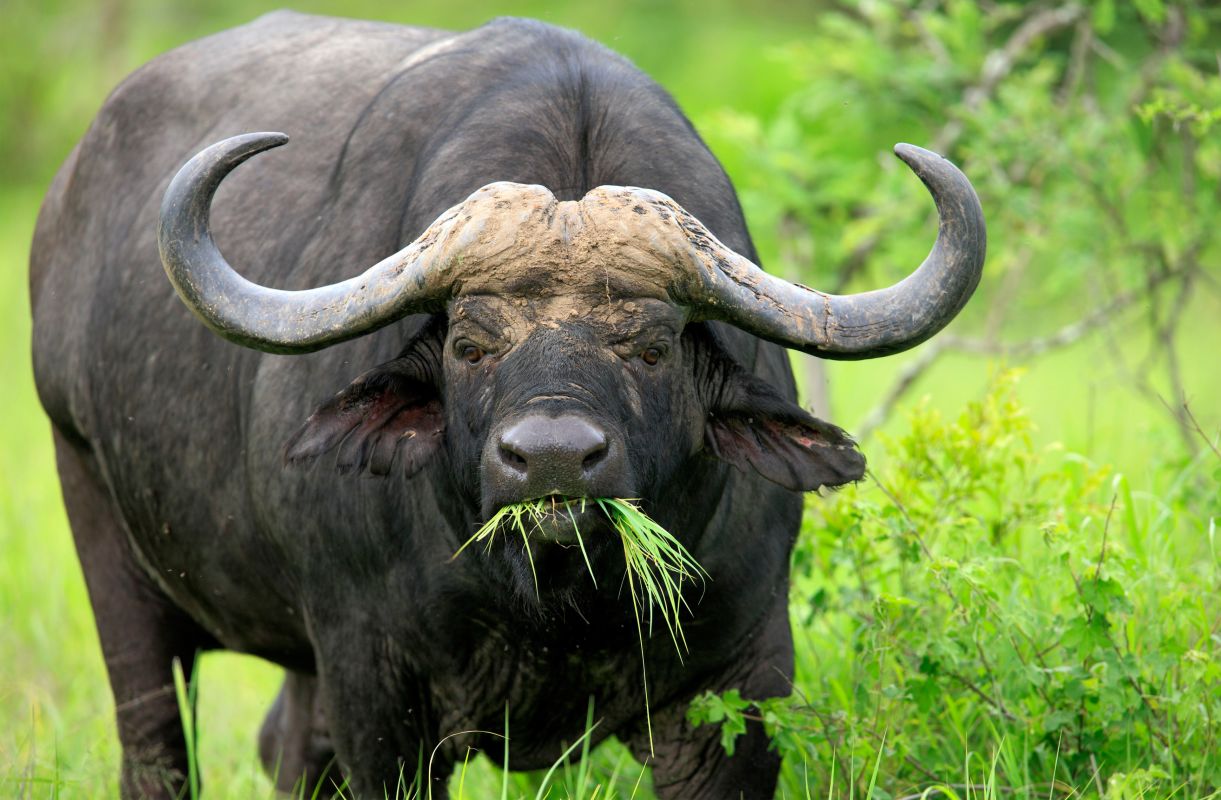
Carnivore, Herbivore, Omnivore. What’s the Difference? Trilobit's Blog
This isn't always the case, but herbivores more typically have flatter teeth for grinding up vegetation, while carnivores will have sharp teeth for tearing up meat. Many omnivores will have some combination of the two, allowing for easier eating and digestion of their food sources. 👍. Animals fall into three distinct groups based upon what.

PPT Carnivores, Herbivores, and Omnivores PowerPoint Presentation, free download ID2657311
Herbivores: animals that only eat plants. Carnivores: animals that only eat meat. Omnivores: animals that eat both plants and meat. Teach Starter has created a sorting activity for your students to practice categorizing animals according to their diet. This resource includes high-quality photographs of animals on each of the 24 sorting cards.
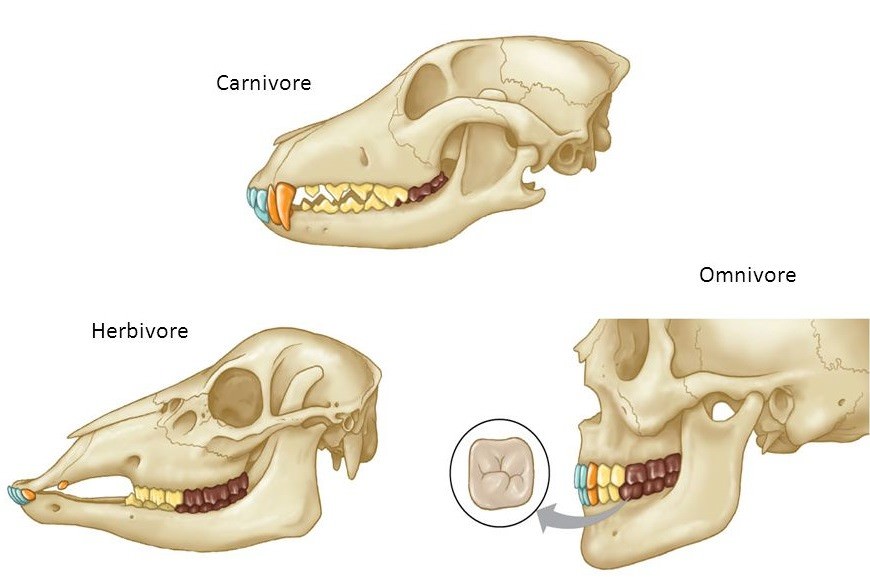
Carnivores, Omnivores & Herbivores Dr. Bills Pet Nutrition
Food Web Exploration. Hand out copies of a food web (or food chain) as herbivore, omnivore, and carnivore worksheets.Ask students to use the food web to figure out which animals are herbivores, which ones are omnivores, and which ones are carnivores.

KS1 Carnivore, Omnivore, Herbivore sorting Teaching Resources
Examples of omnivores. From left to right: humans, dogs, pigs, channel catfish, American crows, gravel ant Among birds the Hooded crow is a typical omnivore. An omnivore (/ ˈ ɒ m n ɪ v ɔːr /) is an animal that has the ability to eat and survive on both plant and animal matter. Obtaining energy and nutrients from plant and animal matter, omnivores digest carbohydrates, protein, fat, and.
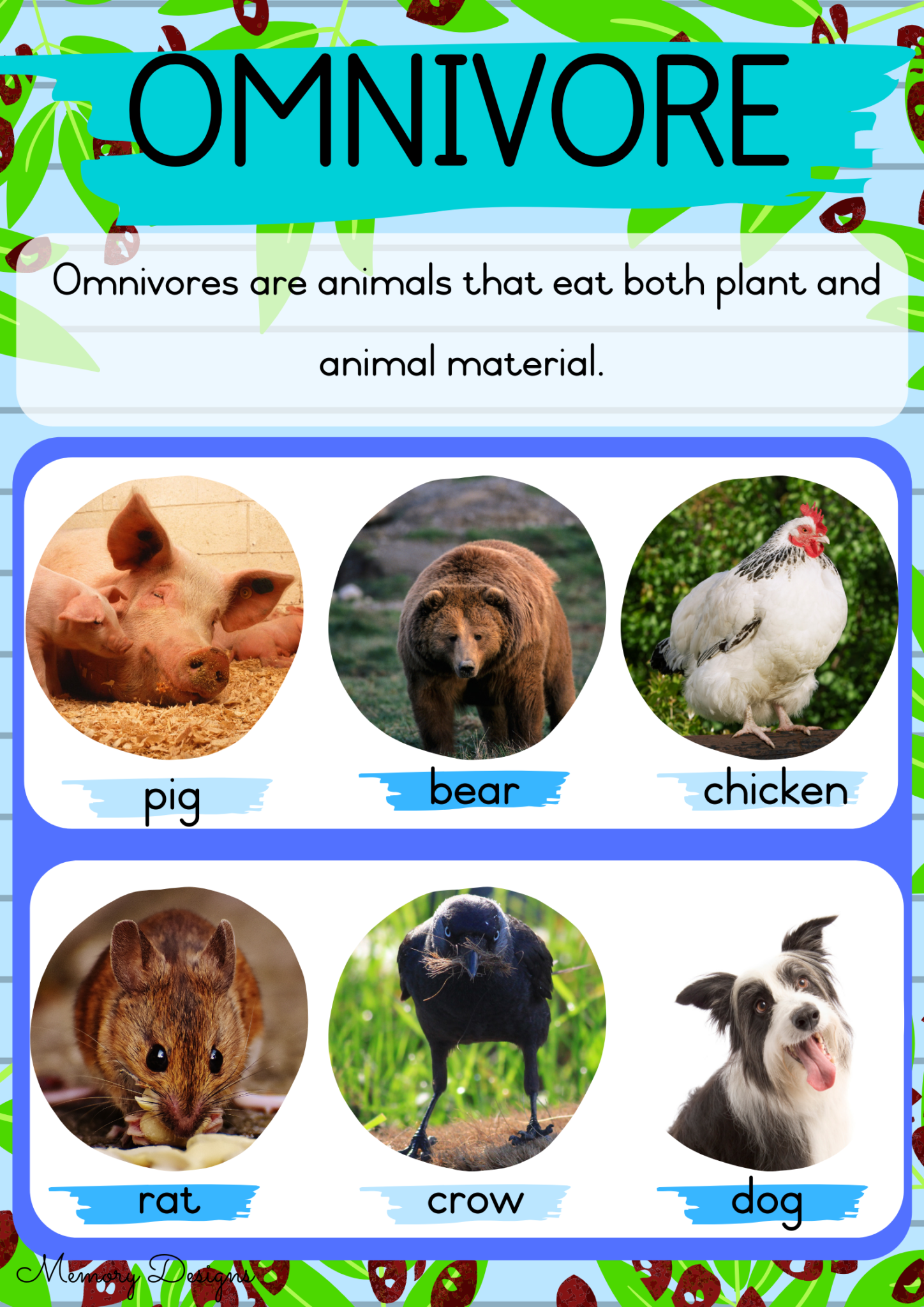
Herbivore, omnivore and carnivore • Teacha!
Omnivores are animals that eat both plant- and animal-derived food. In Latin, omnivore means to eat everything. Humans, bears (shown in Figure 3a), and chickens are example of vertebrate omnivores; invertebrate omnivores include cockroaches and crayfish (shown in Figure 3b). Figure 3. Omnivores like the (a) bear and (b) crayfish eat both plant.

Herbivore, Carnivore, Omnivore Lessons Blendspace
From the Education Resource Library: National Geographic Explorer Paola Bouley defines and explains the differences between herbivores, carnivores and omnivo.

an image of animals that are in the same language as humans and dogs or cats
Step 3: Sort Animals. Let your child sort the animals according to how she believes the animals are classified. Talk to her about the different foods each animal eats (or you think they eat!). Remember that if you get one in the wrong spot, it's no biggie. This game stumps some of the best of us.

Classification Omnivore/Carnivore/Herbivore
Omnivores are animals that eat both plants and meat. Some examples of omnivores include pigs, opossums, humans, raccoons, bears, mice, and ants. Omnivores will usually eat a wide variety of foods to get the nutrients they need to survive. For example, omnivores might eat grains like wheat and corn, as well as meat.